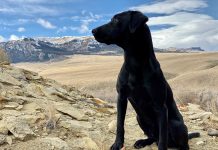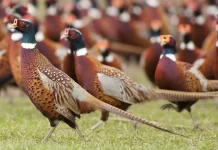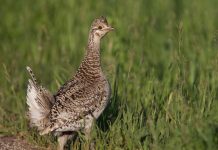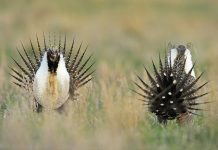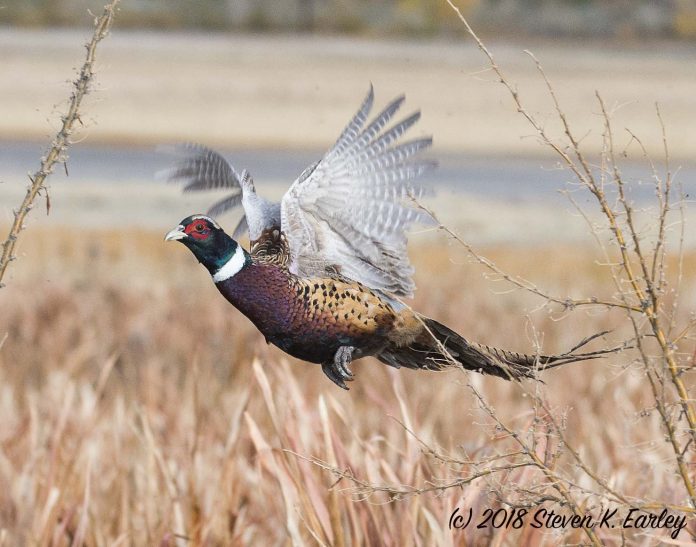
Anticipation
It is the greatest of scenes – if you have hunted upland birds long enough, you can vividly see the vision I am about to paint. It’s a brisk cold morning, a new layer of freshly fallen snow is at the base of your hunting boots, and that mostly undisturbed layer of snow is littered in pheasant tracks.
The hairs on the back of your neck stand tall, the sting of the brisk air gives way to the shots of adrenaline that broadcast through your body. You look down to your four-legged hunting partner, not surprised to see that he shares in your enthusiasm. His tail swinging back and forth with enough velocity to provide wind power to a small village.
Your day will be epic, one that will be retold over hunting campfires decades from now – you’re sure of it. You grab your trusty .12 gauge, set out along your pre-determined trail while looking down to your side and signaling pup to do what he does with an enthusiastic “hunt ‘em up!”
A few hours later, you find yourself back at the place you started. Only now, shoulders are slumped, spirits defeated, and your vest is void of birds. “How is that possible?” you wonder to yourself. “There were tracks everywhere, they were in here, no doubt about it.”
Have no shame, you are not alone. If you hunt long enough, you’ve had your tail end whipped by the critter you’re pursuing. Any deniers are either lying or never actually been in the field.
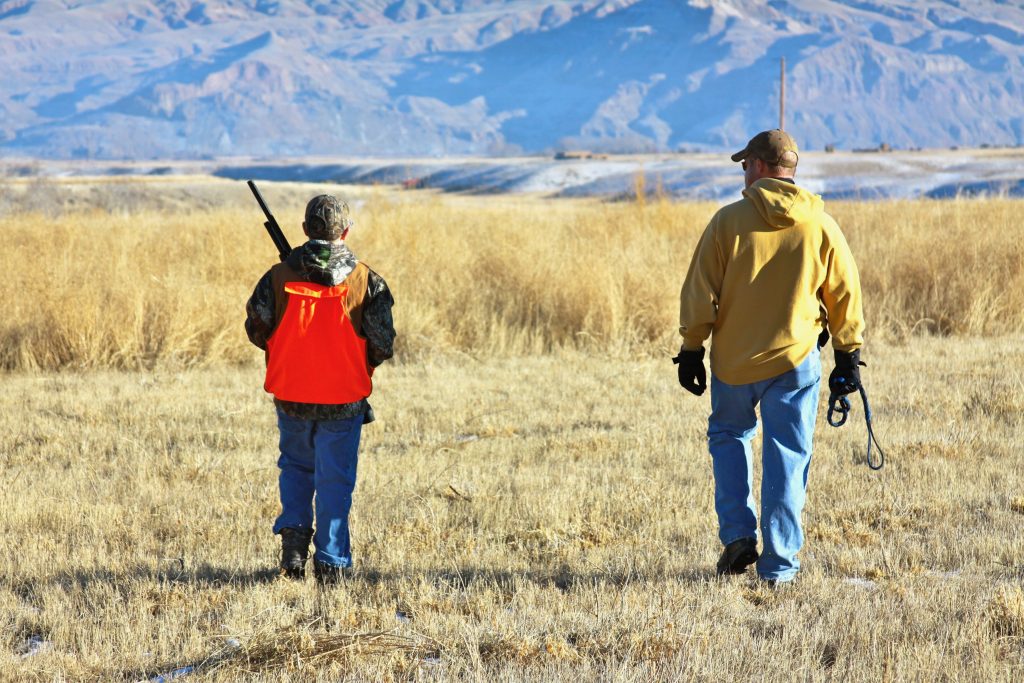
Reflection
However, in defeat, you find yourself in a perfect moment for reflection. “What did I do wrong? Where did something so perfect end up going so wrong?”
I have hunted with a number of folks who have a tendency to underestimate their query when chasing game birds. “They’re just birds, how hard can it be?”
Hard, harder than you think is the correct answer. Cunning long-tailed rooster pheasants have paid their dues and earned a long row of experience stripes. Underestimate him, and you’ll never see him.
So, how do you turn the tables on this crafty old vet? How do you gain an advantage when in the field? Once you dust off the shame of defeat and put on your new cloak of humility – remember it’s still hunting. Many of the same tactics you use chasing four-legged critters carry over into the arena of the feathered fowl.
Before discussing tactics, a slight detour. As I write this, it is with the assumption you have a trusty bird dog at your side. A quality well-trained dog increases your odds – in any situation discussed – exponentially.
This is not an article about bird dogs or the training of them – however, there are a few details needed to push your odds of success north. It is imperative your dog understand what you are asking of him, knows how to effectively quarter a field and stays within shooting distance. It won’t matter if your pup flushes three to thirty-three birds if he’s flushing them outside your shooting distance.
Strategy and Tactics
Wind is important. Important at two levels. One is obvious – you don’t want foreign scent being broadcasted towards that which you are hunting. The second is to give your pup an advantage. If you hunt down wind the pheasant can’t smell you – and the wind blowing in your direction helps your pup pick up the scent of the prey. When quartering a field, you want wind blowing directly into the snout of your pup.
Solo
Hunting a large field with a solo gun and solo dog can be an unsuccessful combination. Wise roosters will run well out in front of you, and those tracks in the snow will be the only evidence of birds you’ll see on the day.
When hunting solo, identifying pinch points is crucial. Pinch points being areas the cut or draw you are walking narrows so much or tails off into an elevated area of land that the bird has no choice but to fly. When running birds hit the pinch point you take away his options – get ready to fire.
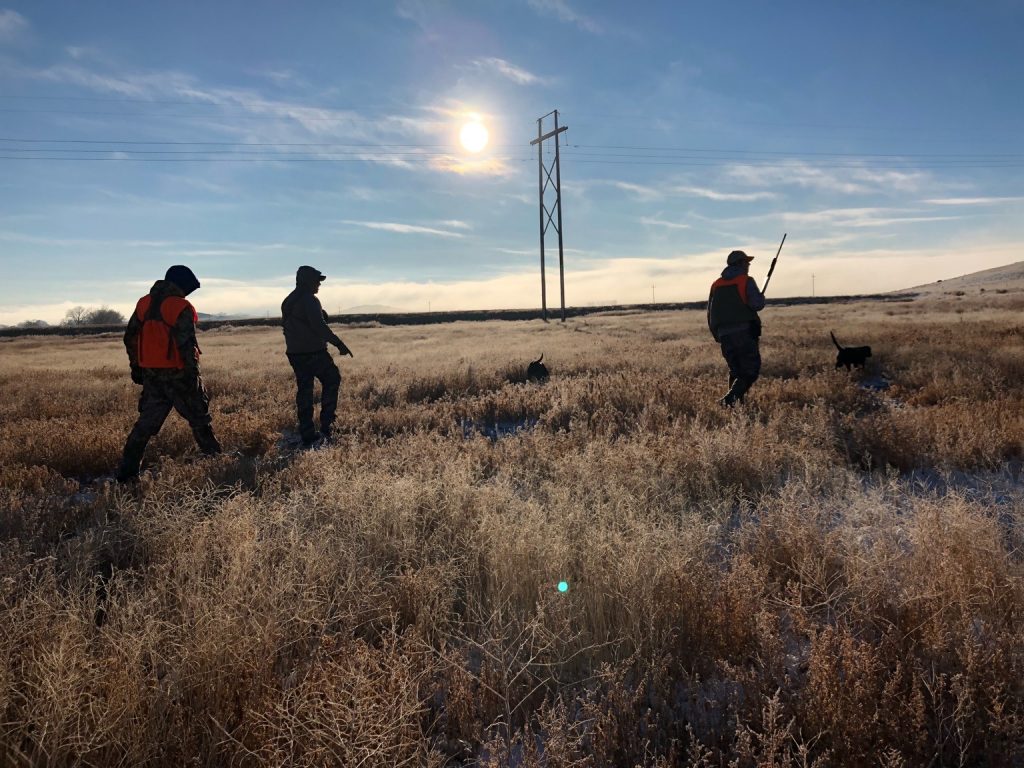
Group
Hunting with buddies and multiple dogs will increase your odds in any terrain ten-fold. Strength in numbers will allow you the opportunity to create artificial pinch points. Set up teams of dogs and guns that work toward each other (example, set guns and dogs at the north end of a field and guns and dogs at the south end with the intention of walking directly towards each other – once again you will take away the options of the running bird).
Of course – safety should always be your first consideration. When hunting with buddies in this fashion, it is paramount to know and respect zones of fire. If the bird is outside your zone, you’re not firing – period.
Hunting the same areas, developing a familiarity is a valuable tool to have in your kit of skill sets. There are undeniable similarities in the behavior of similar classed game in general – however, the caveat being – they will use the specific terrain they live into their own individual advantages. Learning these patterns and understanding their tendencies will benefit you tremendously.
Conclusion
Finally – and this may be rudimentary to some – understanding the habitat and food source of your prey, any prey is essential. Without cover, corn and/or Russian Olive – you will be hard pressed to find a pheasant. Know what they require for survival – use that to your advantage.
Upland game presents a thoroughly enjoyable time in the field. With a little preparation and understanding, you can ensure you limit the frustration while enhancing your odds of success.



